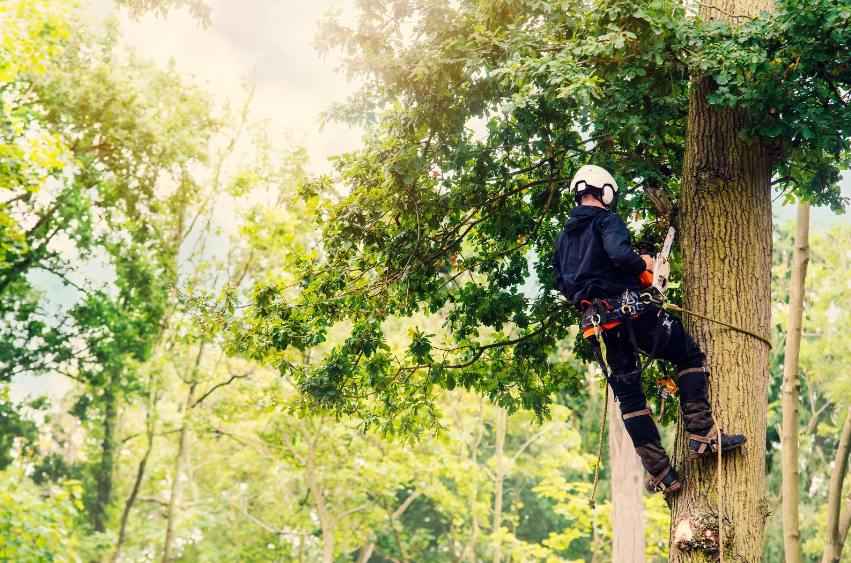Preparing your property for severe weather is essential, and one of the most effective preventative measures is tree cutting. When storms strike, untrimmed trees can become a significant hazard, leading to costly damage and safety risks. Understanding the importance of tree cutting and how it can protect your home and family will ensure you’re well-prepared for adverse weather conditions.
Understanding the Risks of Untrimmed Trees
Untrimmed trees pose considerable risks during severe weather. Overgrown branches can become projectiles or cause significant damage when high winds break them off. Tree cutting helps mitigate these dangers by removing weak or overhanging branches that could fall on homes, vehicles, or power lines. Historical incidents highlight the severity of these risks: properties that lacked proper tree cutting frequently faced extensive damage during storms, emphasizing the need for proactive tree maintenance.
Benefits of Tree Cutting Before Severe Weather
The benefits of tree cutting before severe weather are substantial. Firstly, proper tree cutting prevents potential property damage by reducing the likelihood of trees or branches falling during storms. This not only protects your home but also safeguards vehicles and utility lines. Additionally, tree cutting enhances safety by preventing falling branches from harming family members, pets, or neighbours. Besides the safety benefits, regular tree cutting also improves tree health by removing diseased or damaged branches, ensuring that your trees remain robust and resilient against future storms.
When and How to Cut Trees
Knowing the best time to engage in tree cutting before severe weather can significantly impact its effectiveness. Ideally, tree cutting should be performed in late winter or early spring when trees are dormant, reducing stress on the tree and making it easier to identify problematic branches. When it comes to tree cutting, homeowners have the option of hiring professional arborists or undertaking the task themselves. While DIY tree cutting can be cost-effective, professional arborists offer expertise and safety measures that can be crucial, especially for large or complex trees. If you choose to cut trees yourself, always follow safety precautions and use the appropriate equipment to avoid injury.
Legal and Environmental Considerations
Before engaging in tree cutting, it is important to be aware of local regulations and permits. Many regions have specific rules regarding tree cutting to ensure environmental protection and community safety. Consulting local guidelines helps avoid legal issues and ensures that tree cutting practices are compliant with local laws. Additionally, tree cutting should be performed with consideration for environmental impact. Responsible tree cutting practices include proper disposal of debris and avoiding excessive removal of trees, which can affect local ecosystems. Ensuring your tree cutting is done in an environmentally friendly manner helps maintain the health of your landscape and community.
What to Do After Tree Cutting
After tree cutting, proper disposal of tree debris is essential. Branches and leaves should be collected and either composted or taken to a local green waste facility. Additionally, caring for your trees post-cutting involves monitoring for any signs of stress or disease and addressing them promptly. Regular tree maintenance and cutting are crucial for ongoing storm preparedness. By keeping up with tree care, you reduce the risk of future damage and ensure your property remains safe throughout the year.
Takeaway
Tree cutting before severe weather is a critical step in protecting your property and loved ones. By understanding the risks of untrimmed trees, the benefits of proactive cutting, and the best practices for tree maintenance, you can significantly reduce the potential for damage during storms. Assess your trees today and consult with a professional arborist to ensure your home is well-prepared for any adverse weather conditions. Tree cutting is not just about aesthetics; it’s a vital part of storm preparedness that helps safeguard your property and enhances overall safety.




